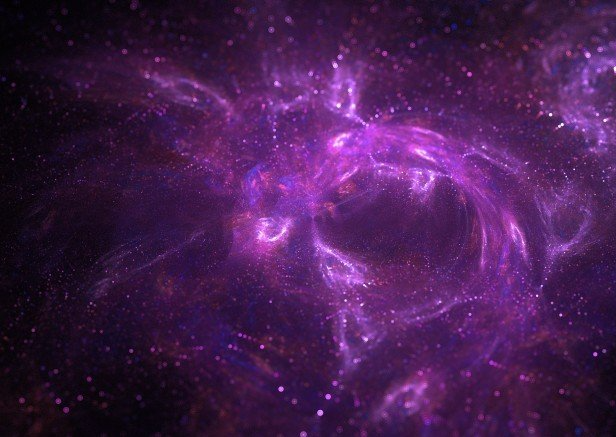Kimungu Madhabahuni – Spiritual Focal Space Symbolising the Self
- By kwende ukaidi
- •
- 20 Mar, 2021
- •
Divinity in the Contemporary World

From the earliest of times
Afrikan souls, have necessarily had their own spiritual focal spaces from the
home to wider communal spaces to those that represent the nation. Having that
spiritual focal space within the home is both wonderful and necessary. Part of
the spiritual formulation of Universal Royal Afrikan Spirituality is the highly
accessible spirit framework of ASBWOK (Afrikan Spirituality By Way of Kwanzaa).
With ASBWOK some general basics can be applied in the construction of the
Afrikan shrine.
Relating to the common themes of ASBWOK, is one of the ways in which the Afrikan shrine can reflect global connection, function and mission of oneness with its adherents. Here, symbols that represent the themes can be made present on the shrine in the home or a wider communal shrine. The general themes are:
1) Living knowingness of the Creator Supreme
2) Living knowingness of the Great Ancestors
3) Living knowingness of the self
4) Application of the shrine
5) Purposeful ingathering
The third theme of living knowingnesss of the self is vital for a space of spiritual focus. Certainly, the active presence and commune with the Afrikan shrine is fundamental engagement. The physical shrine space is after all an outward expression and representation of shrine of the living Afrikan person self together with the living Afrikan self throughout its other various levels. Therefore, spiritual symbolic representation of: the living person self; the living harmonious and complimentary union between the Afrikan man and the Afrikan woman; the living Afrikan family; the living Afrikan community; the living Afrikan nation; and the living Afrikan world community - are highly significant in the home and otherwise (with selective discretion). There are many Items that can be placed on the shrine that uniquely energise the elevation of the living person self and whatever is placed may only make sense to that person. Placement can be somethings (or thing) from the time of birth to the experience of life’s journeying. Likewise, this is true for the harmonious and complimentary union of the Afrikan man and the Afrikan woman. Here, placement can be something (or things) representing the birth of union or indeed from the harmonious and complimentary life journey being made together as Afrikan man and Afrikan woman. At the community level of the Afrikan self, symbols of progressive, active participation in building, developing and safeguarding of the whole can be of great continual empowerment. At the nation and world community levels the overall energising thrust of the Bendara ya Taifa (Flag of the Nation) and its wonderful colouration of Red, Black and Green are powerful placements and spiritual punctuators for the ascension of Afrikan souls as are a plethora of other items that can reflect oneness and mission for global Afrikan ascension.
The symbol is never a substitute for living life but a spiritually energising reminder, even prompt, of the substance of life that is lived. It can be part of the spiritual focal space that empowers Afrikan life’s building, journeying and mission of ascension. It energises progressive life engagement. As the Afrikan soul engages with spiritual focus at the Afrikan shrine the all-powerful, almighty and pinnacle divine force of the sacred universe holds central and eminent importance. As does the Ultimate Divine hold eminent and central importance throughout Afrikan life.
The themes of ASBWOK can allow the Afrikan shrine to carry all-year-round consistencies of elevation and oneness for a whole people. ASBWOK is a both a vehicle for the Afrikan beginning his or her spiritual journey and well as the Afrikan who may be the more seasoned practitioner.
Kimungu Madhabahuni is a time of year to celebrate the Afrikan shrine at home and beyond. Kimungu Madhabahuni takes place during the holiday period associated with the spring equinox. At this time many people are away from the mundane of the various institutions albeit largely as a dictate of presently popular foreign religious doctrine. This therefore, can allow many more Afrikan people the time and space to restore, elevate and be themselves freely in reverence at their own special places.Throughout the annual cycle of the spiritual and cultural calendar of the Universal Royal Afrikan Nation observance to observance, Afrikan life is endowed with the essential of living knowingness. For the Afrikan souls, being a part of an organ for mission ascendancy is key. The Universal Royal Afrikan Nation is a spiritually and culturally rooted organ for Afrikan ascension.
The Universal Royal Afrikan Nation (URAN) is an Afrikan-centred spiritual and cultural mission for ascendancy that embodies living spiritually and culturally rooted life. To find out more about URAN and its spiritual-cultural mission for liberty and nationhood click here. The exquisite URAN pendant can be obtained online by clicking here.
In his capacity as an Afrikan-centred spiritual cultural practitioner this author is available for further learning in this regard and also for the carrying out of ceremonies such as naming and name reclamation. For details please click here.
Afrikan World Studies programmes are an important forms of study in understanding the Afrikan experience. There are a range of subjects covered on these programmes including History, Creative Production, Psychology and Religion. To find out more about these learning programmes please click here. For the video promo for these learning programmes click here.
At nominal cost, also consider acquisition of an a4 laminate poster of articulations by this author when visiting the Yemanja institution to enrol, consult, learn, gather or otherwise.
Also, visit www.u-ran.org for links to Afrikan liberation Love radio programme on Universal Royal Afrikan Radio online.
